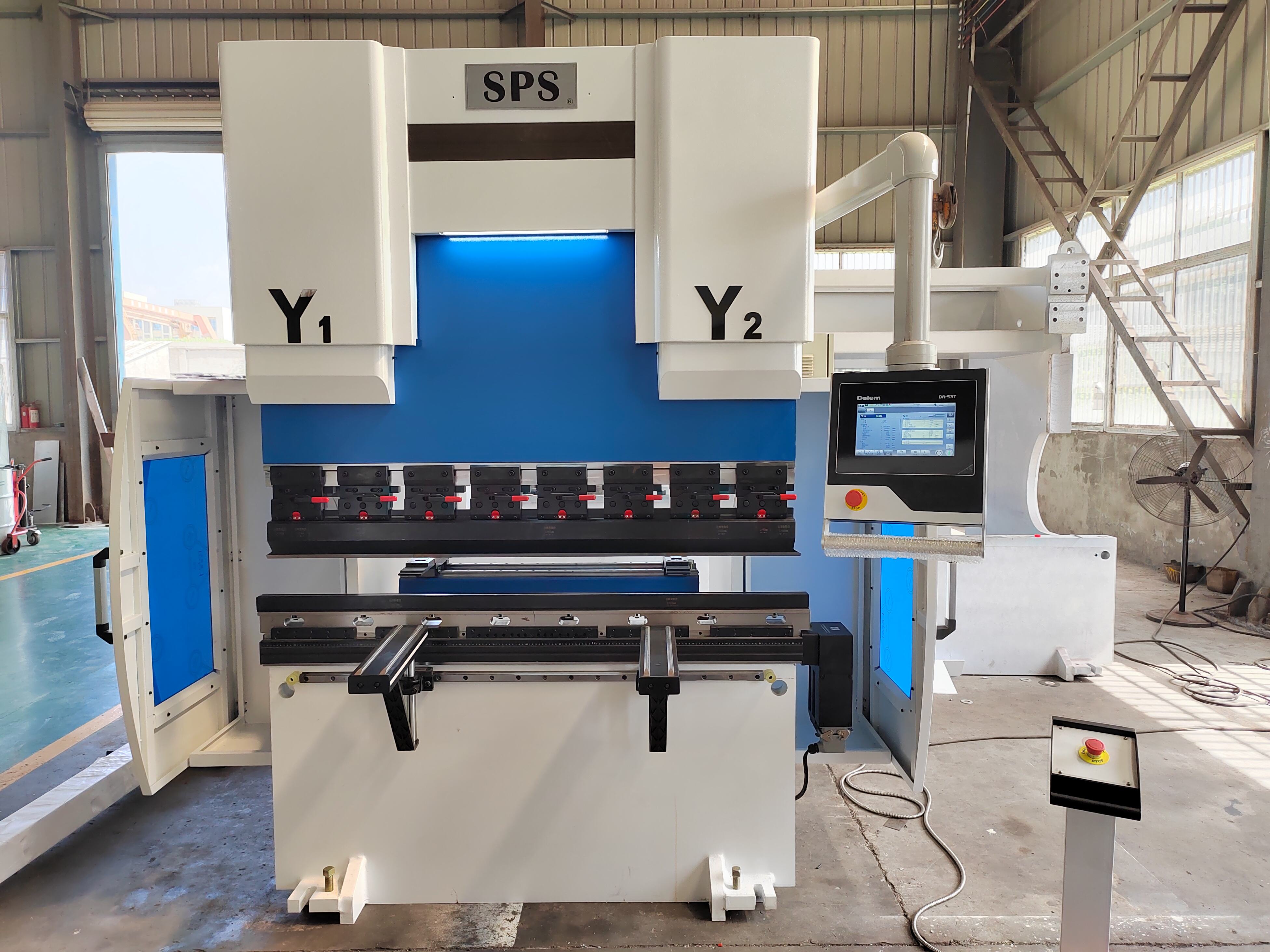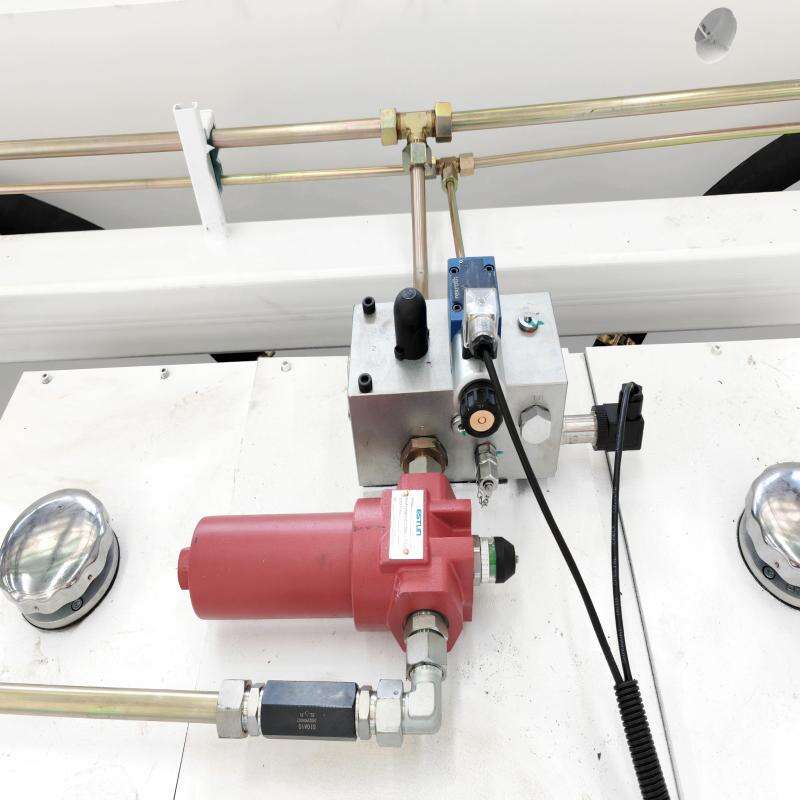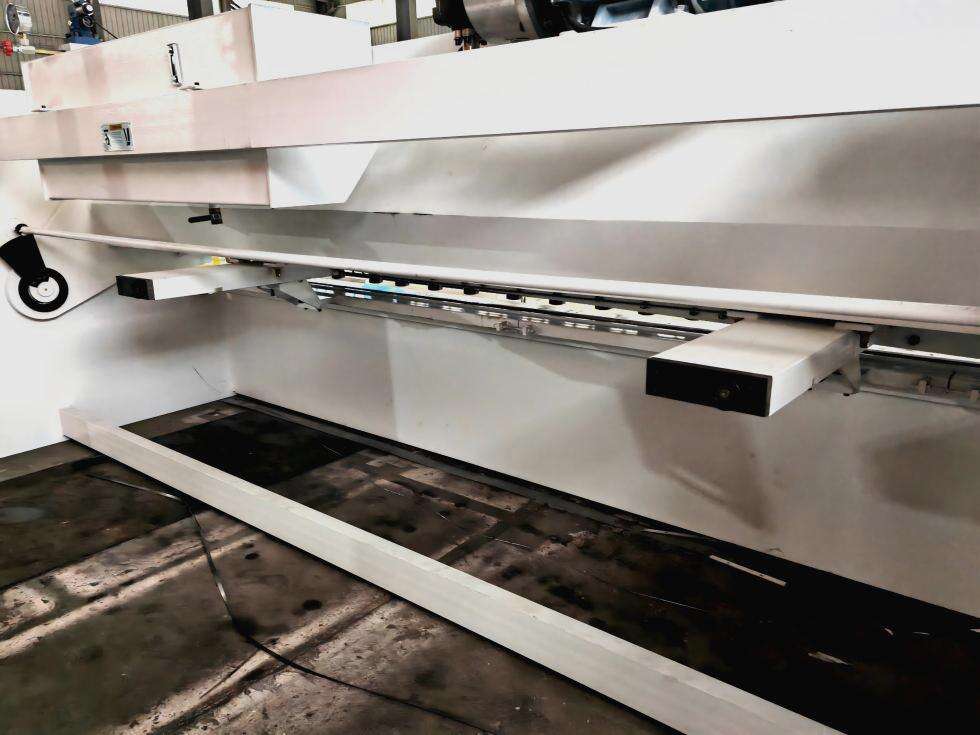electric press brake
The electric press brake represents a significant advancement in metal forming technology, combining precision engineering with modern electrical systems for superior bending operations. This sophisticated machine utilizes electric servo motors rather than traditional hydraulic systems to control the bending process, resulting in more precise and consistent results. The machine's primary function involves bending sheet metal with exceptional accuracy, achieved through its advanced control system that manages the positioning of the upper beam with microscopic precision. The electric press brake incorporates cutting-edge CNC technology, allowing for complex bend sequences to be programmed and executed with minimal operator intervention. Its versatility enables it to handle various material thicknesses and types, making it suitable for industries ranging from automotive manufacturing to aerospace applications. The machine's electric drive system ensures energy efficiency while maintaining high-performance standards, with rapid acceleration and deceleration capabilities that optimize production cycles. Modern electric press brakes feature user-friendly interfaces with touchscreen controls, integrated safety systems, and real-time monitoring capabilities that ensure consistent quality in every bend.


